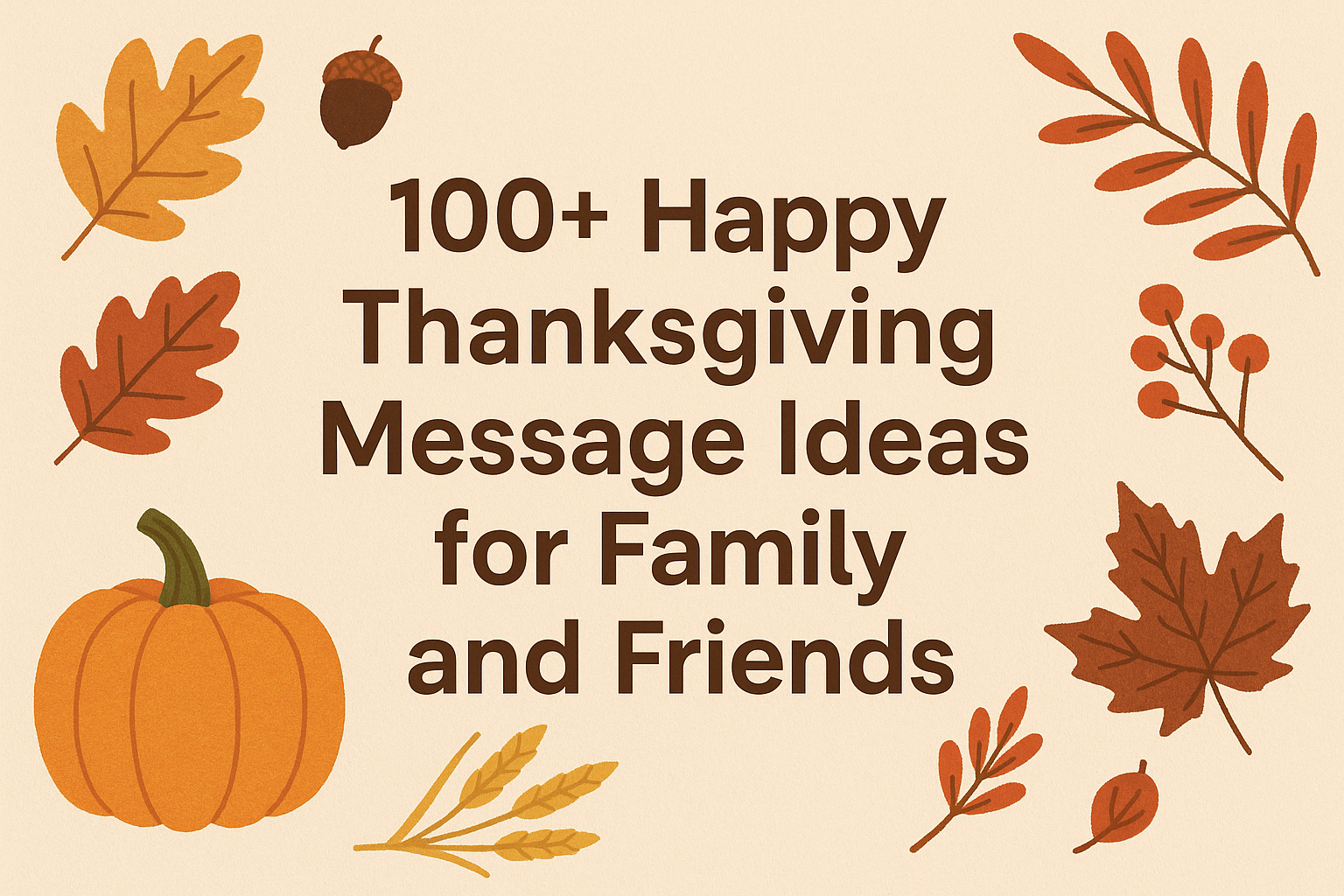So, you’ve just been told you’re going to receive an award, and the excitement is kicking in. But with that excitement comes the realization: you need to give a speech. And not just any speech, but one that feels sincere, memorable, and authentic—all in ten minutes or less! Don’t worry, though. I’ve got your back. Let’s walk through how to write an acceptance speech that will wow your audience without eating up your precious time.
Why You Should Prepare Ahead of Time
Sure, you might be able to wing it, but why risk it? Preparing your acceptance speech, even if it’s just ten minutes ahead, will ensure you’re confident and clear on what you want to say. It’s not about writing a novel but capturing your thoughts quickly and effectively. Let’s look into how to write an acceptance speech that leaves a lasting impression.
1. Start with Gratitude
A good acceptance speech always kicks off with a bit of gratitude. Begin by acknowledging the people who helped you get here. It could be a family member, a friend, a mentor, or even a team. Expressing thanks right off the bat sets a positive tone and shows humility. This step is crucial in how to write an acceptance speech that feels genuine and heartfelt.
Who Should You Thank?
When considering who to thank, make a short list. Prioritize those who genuinely impacted your journey. Think about people who believed in you, inspired you, or offered you support when it mattered most. Here’s a quick list of potential people to include:
- Family members who supported you unconditionally
- Mentors who guided you in your career or personal development
- Colleagues or team members who worked alongside you
- Friends who encouraged you and offered advice
- Any other individuals who directly impacted your success
Example: “First and foremost, I want to thank my parents for their unwavering support…”
2. Share a Personal Story
One essential tip in how to write an acceptance speech is to let the audience in on a little piece of your journey. A quick, personal story allows people to connect with you on a human level. Keep it relevant to the occasion and make it short.
How to Choose the Right Story
Pick a story that illustrates your journey or a turning point. Maybe it’s a funny moment that lightened up a challenging situation, or a moment that redefined your path. The key is to keep it genuine—think of it like sharing an inside joke with friends. Here are a few ideas for types of stories you could share:
- A lesson learned: Share a small failure that taught you a valuable lesson.
- A funny experience: Talk about a lighthearted moment that kept you motivated.
- A turning point: Describe a key moment that shifted your path or perspective.
Example: “I remember my first attempt at this project didn’t go as planned. My best friend joked that I might be better suited for something else. But here we are!”
3. Be Authentic and True to Yourself
If you’re learning how to write an acceptance speech, remember that people appreciate honesty. Speak from the heart. Your acceptance speech isn’t about impressing others with fancy words; it’s about sharing your excitement and gratitude in a way that feels like you. Forget the big vocabulary and just talk like you would to a friend. This makes your speech not only easier to deliver but more enjoyable for the audience to hear.
4. Keep It Short and Sweet
Remember, you don’t need to say everything. In fact, less is more. A concise, heartfelt message will resonate more than a long-winded speech that drags on. Focus on your main points and wrap up without feeling the need to fill every second with words. When you’re figuring out how to write an acceptance speech, focusing on brevity is key.
5. Throw in a Dash of Humor
If it feels right, add a bit of humor to lighten the mood. A funny anecdote or a lighthearted remark can do wonders for your speech. It can break the tension, help you relax, and make the audience smile. Just make sure your humor is appropriate for the setting and doesn’t overshadow the sincerity of your message. Humor is a great tool in how to write an acceptance speech that’s both memorable and engaging.
Types of Humor That Work
- Self-deprecating humor: Make a lighthearted joke at your own expense.
- Playful banter: If you know the audience well, you can joke about shared experiences.
- Clever puns or wordplay: Light jokes that can make the audience chuckle.
Example: “I guess all that coffee I drank while working late nights has finally paid off!”
6. Close with a Future-Focused Statement
How to write an acceptance speech that leaves a lasting impact? Finish on a high note by mentioning what’s next. Your acceptance speech isn’t just a reflection on the past but also an opportunity to talk about what’s next. End on a note of optimism by mentioning your future goals or aspirations. This could be a commitment to continue the work, a promise to inspire others, or a vision of what you hope to accomplish.
Examples of Future-Focused Statements
- “This award inspires me to keep pushing boundaries.”
- “I look forward to seeing where this journey takes us next.”
- “My hope is that I can inspire others the way I’ve been inspired.”
7. Practice Your Speech a Few Times
Once you’ve jotted down the key points, run through your speech a couple of times. You don’t need to memorize it word-for-word, but you want to feel comfortable and confident with the flow. Practicing will help you deliver your speech smoothly and eliminate any stumbles. This is an essential step in how to write an acceptance speech that feels polished and natural.
Ways to Practice
- Mirror practice: Stand in front of a mirror to see your expressions.
- Voice recording: Record yourself and listen back to notice areas for improvement.
- Practice with a friend: Get feedback from someone you trust.
8. Smile, Breathe, and Speak Slowly
It’s normal to feel a bit nervous, especially with a crowd watching. So, take a deep breath, smile, and remember to speak slowly. This will help you project confidence and give the audience time to soak in your words. Speaking slowly also helps you avoid rushing through the speech, so you can make each point count.
A Quick Checklist for Your 10-Minute Acceptance Speech
Here’s a simple checklist to ensure you’ve covered the essentials of how to write an acceptance speech:
- Start with gratitude: Thank those who supported you.
- Add a personal story: Share a quick anecdote that adds context.
- Be yourself: Use natural, authentic language.
- Keep it short: Focus on key points.
- Include a bit of humor: Lighten the mood if possible.
- Finish with a positive outlook: Mention what’s next.
- Practice: Run through your speech a few times.
- Relax: Smile, breathe, and speak slowly.




